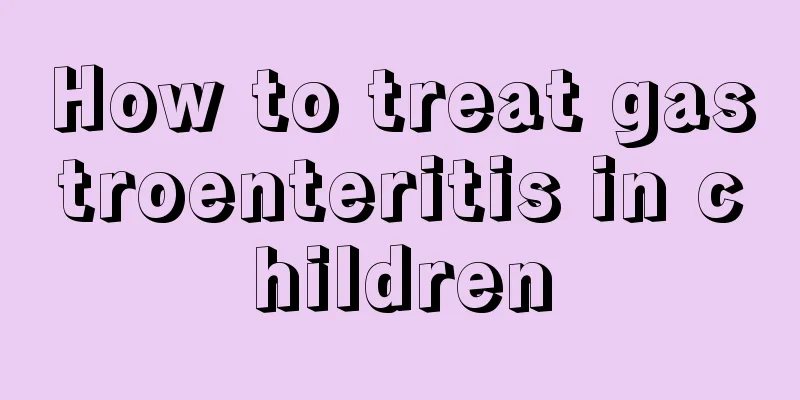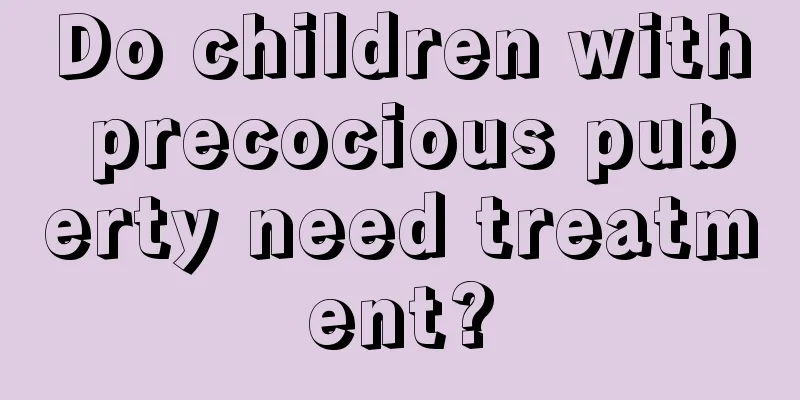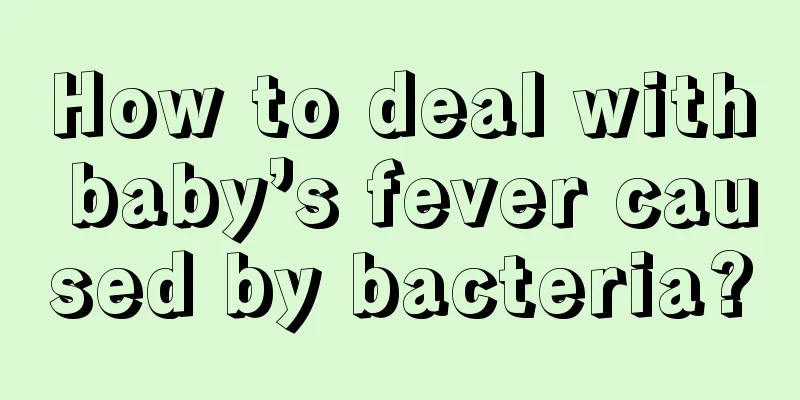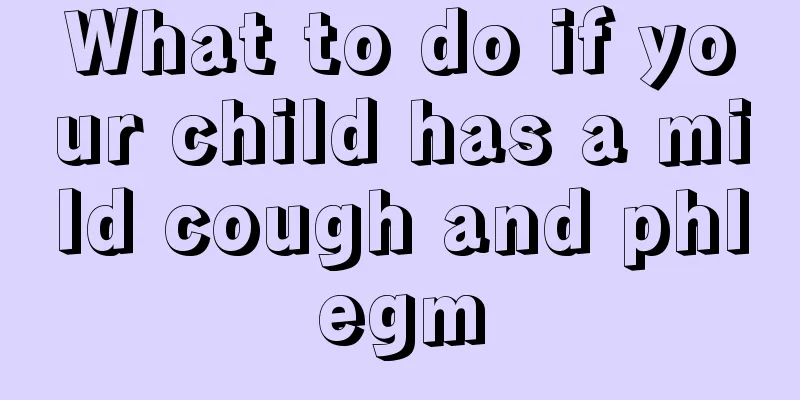How to treat gastroenteritis in children

|
Juvenile gastroenteritis is a gastrointestinal disease. There are many reasons why children get this disease. It may be because of weak resistance and infection with bacteria, or it may be due to improper feeding by parents. It may also be due to sudden changes in weather and climate that cause children to catch a cold or have heatstroke, resulting in gastrointestinal discomfort. How to treat juvenile gastroenteritis? In fact, there are many types of juvenile gastroenteritis. 1. Bacterial food poisoning: caused by eating food contaminated by bacteria and their toxins. The clinical manifestations include nausea, vomiting, diarrhea, abdominal pain, etc., with the characteristics of short incubation period, concentrated time, sudden outbreak, and fierce force. The key to prevention is to strengthen food hygiene management and prevent food contamination. 2. Traveler's diarrhea: It is an acute infectious diarrhea that occurs during travel, often caused by ingestion of contaminated food, beverages and drinking water. The main pathogens are various types of E. coli, viruses and parasites. Common symptoms include watery stools, accompanied by abdominal pain, bloating, vomiting, etc. Therefore, we must strictly control the risk of "diseases coming from the mouth" during travel. 3. Escherichia coli enteritis: It is mainly caused by eating vegetables, meat, seafood, tap water, cold drinks, etc. contaminated by Escherichia coli. The onset is generally slow, and the main manifestation is diarrhea, 3-5 times a day, which is yellow egg-drop-like stool and large in volume. Therefore, to prevent this disease, we must pay attention to diet, drinking water hygiene and feces management. 4. Bacillary dysentery: abbreviated as bacillary dysentery; it is an acute intestinal infectious disease caused by Shigella dysenteriae, which is mainly infected through the mouth through contaminated food and drinking water, and can also be transmitted through hands and flies. Due to the large number of bacteria and different human reactivity, the clinical symptoms are varied and vary in severity, mainly including systemic poisoning and intestinal symptoms. The onset is usually acute, first with chills and fever, then abdominal pain and diarrhea. Patients with toxic bacillary dysentery may become extremely exhausted and suffer toxic shock, which is more common in infants under 2 years old. 5. Refrigerator enteritis: also known as Yersinia enteritis: With the popularization of refrigerators, the incidence of this disease has increased year by year. Yersinia is widely present in many foods such as milk, meat, fish, poultry and vegetables, and grows and reproduces at low temperatures below -4°C. If food in the refrigerator is contaminated with this bacteria, it may cause enteritis. Therefore, raw and cooked food in the refrigerator should be kept separate, and all food should be cooked thoroughly before eating. How to treat gastroenteritis in children? First of all, when you find that your child has gastrointestinal discomfort, you should seek medical attention in time so that you can find out what disease it is and prescribe the right medicine to cure the disease. Children's illnesses must not be delayed or treated carelessly. |
<<: What are some ways for children to exercise?
>>: What causes cerebral palsy in children?
Recommend
Will children get angry if they drink milk powder?
Many children will choose to drink some breast mi...
Treatment of viral myocarditis in children: these measures must be understood
If viral myocarditis occurs in a child, parents m...
What to do if your baby has a low temperature after the fever subsides
There is probably no baby in the world that does ...
What should I do if my baby has a fever and diarrhea while teething?
When a child is unwell, family members are still ...
What is the reason for the baby's thumb to bend inward?
Babies are the apple of their parents' eyes a...
How to correct children's pigeon feet
Parents are usually overly anxious about their ch...
How to treat a six-month-old baby's cough
We all know that when we catch a cold, we usually...
What to do if your child has heart valve defect
Heart valvular disease refers to organic lesions ...
Causes of knee synovitis in children
Because children are relatively young and their b...
Why do children get Kawasaki disease?
Many people may not have heard of Kawasaki diseas...
What to do if red spots appear on children's bodies
I believe everyone knows the importance of skin t...
Disadvantages of the second generation of test tube babies
For infertile men, IVF is undoubtedly the best so...
What are the symptoms of vitiligo in children?
Vitiligo is a very serious skin disease. Many peo...
What to do if blisters appear on baby's feet
I believe that many friends will feel uncomfortab...
Why do children like to suck their fingers?
Many parents find that their children like to suc...









